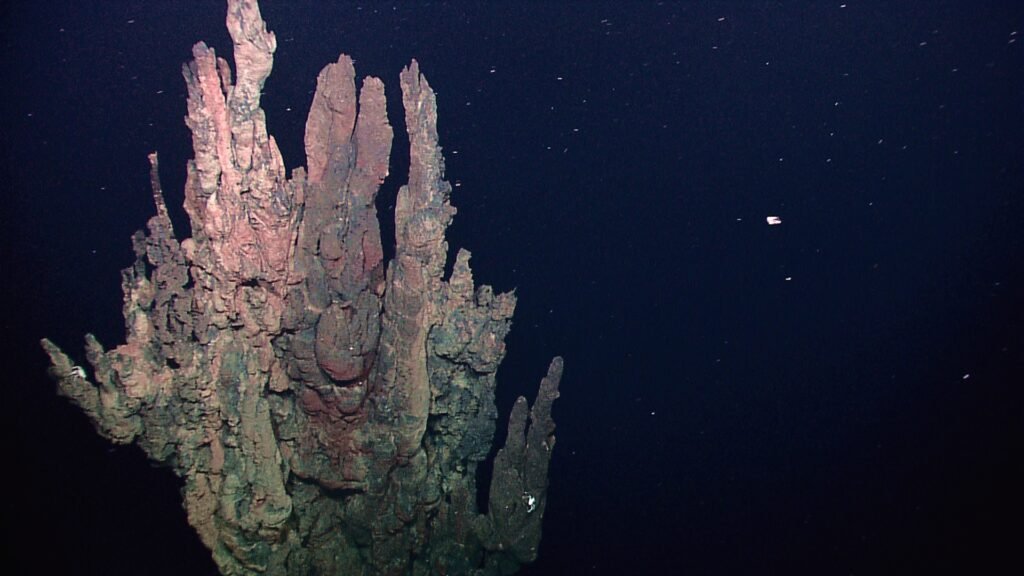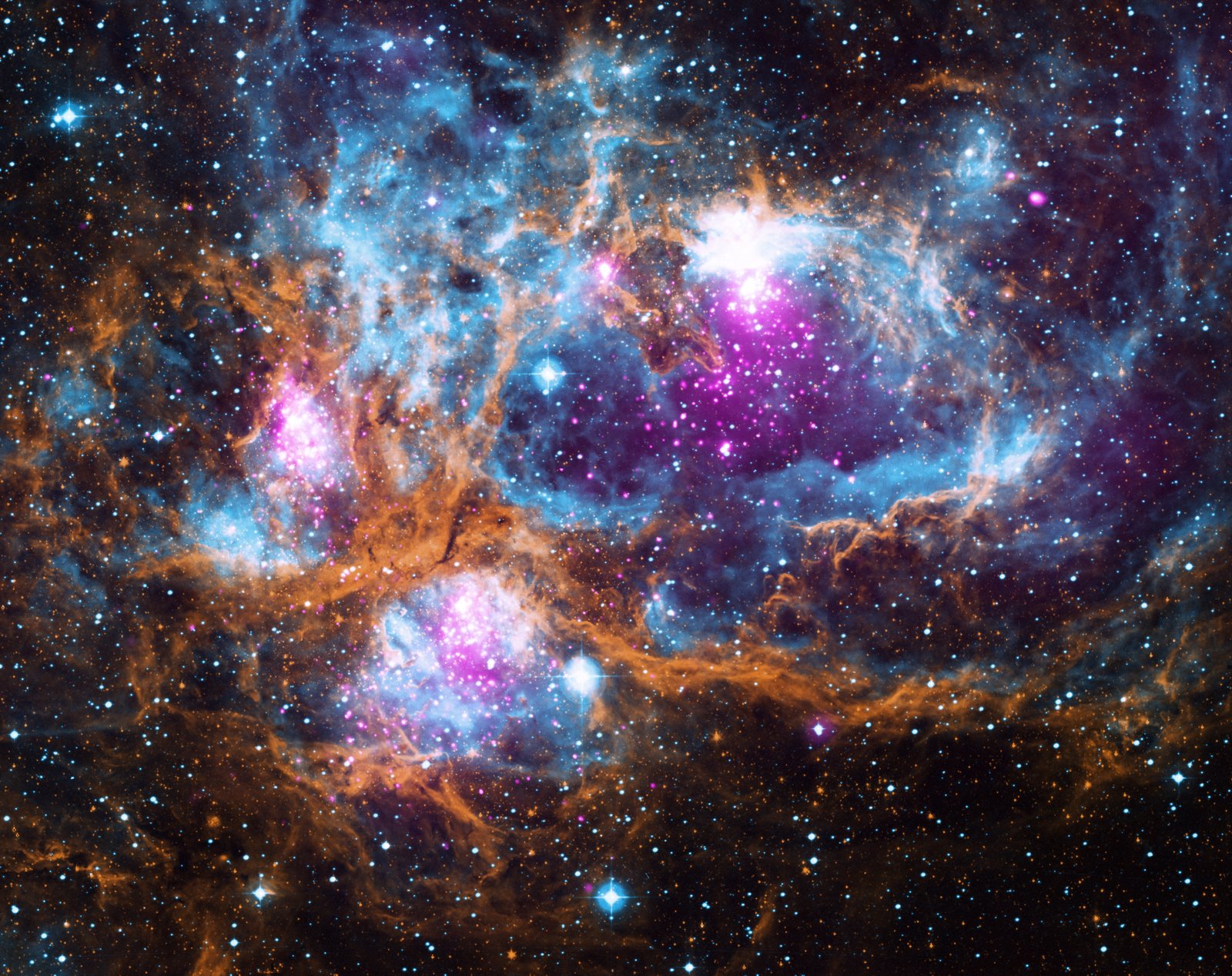Cosmic radiation is a fascinating and complex phenomenon that plays a critical role in shaping the environment of our solar system. As energetic particles originating from the Sun and deep space, cosmic rays travel at near-light speed, penetrating planets, atmospheres, and even biological tissues. Understanding cosmic radiation is vital, as it poses both challenges and opportunities for life forms in our solar system.
Origins of Cosmic Radiation

Cosmic radiation primarily originates from two sources: the Sun, emitting solar energetic particles (SEPs) during solar flares and coronal mass ejections, and galactic cosmic rays (GCRs), originating from events outside our solar system such as supernovae. The latter are high-energy particles of extraterrestrial origin, while the former are associated with solar activity, posing varying degrees of exposure for life on Earth and beyond.
Impact of Cosmic Rays on Planetary Environments

The Earth is well protected from cosmic radiation by its magnetic field and atmosphere, which absorb and deflect many harmful particles. However, other planets and moons in our solar system offer less protection, which alters their surface conditions significantly. For instance, Mars, with its thin atmosphere and weak magnetic field, is bombarded with higher levels of cosmic radiation, influencing current planetary exploration missions and the potential for future colonization.
Influence of Cosmic Radiation on Biological Systems

Cosmic radiation affects biological organisms at the cellular level. It can cause DNA mutations, which may lead to cancer, accelerate aging, or even drive evolutionary changes over time. Terrestrial life has adapted to Earth’s unique radiation environment, but organisms on other planets, or those that have traveled through space, must cope with elevated levels of radiation.
Researching Life’s Resilience to Cosmic Radiation

The fascinating resilience of certain life forms to extreme conditions has encouraged scientists to study extremophiles, organisms that can survive in harsh environments on Earth, such as deep-sea vents and radioactive waste. By understanding the capabilities of extremophiles, researchers hope to learn how life might exist or survive beyond Earth, potentially guiding the search for extraterrestrial life in environments with significant cosmic radiation exposure.
Space Exploration and Human Health

For human space exploration, understanding and mitigating the effects of cosmic radiation is critical. Prolonged exposure to space radiation presents significant health risks, including increased cancer probabilities and acute radiation sickness. As missions extend beyond low Earth orbit, effective shielding solutions, medical interventions, and monitoring systems become essential in safeguarding astronaut health.
Technological Solutions and Future Challenges

Innovations in materials science are paving the way for improved radiation shielding technology, which is crucial for safely extending human presence in space. Genetic research is also exploring possibilities in radiation resistance, potentially using gene editing to enhance human DNA repair mechanisms. However, these advancements must be balanced with ethical considerations and scientific challenges as we progress toward further space exploration.
Conclusion: Embracing the Cosmic Challenge

The mystery of cosmic radiation presents both a formidable challenge and an opportunity for scientific discovery. As our understanding of how space affects life deepens, it opens new avenues for exploring the resilience and adaptability of life in the universe. Whether through the study of extremophiles, advancements in human spacefaring capabilities, or the quest for extraterrestrial life, cosmic radiation remains a pivotal components of our solar system’s story, urging us to continue exploring the vast unknowns of our universe.



